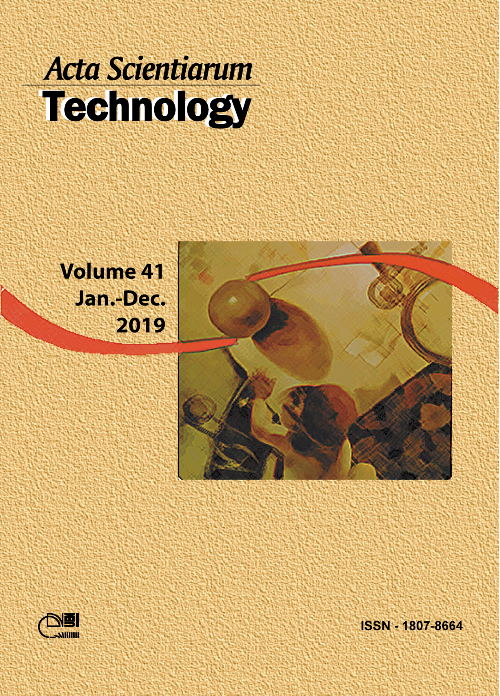Sourwater treatment by fenton process and its effect on phytotoxicity with <i>Lactuca sativa
DOI:
https://doi.org/10.4025/actascitechnol.v41i1.41288Keywords:
petroleum effluent, advanced oxidative process, total phenols, bioassays, experimental design.Abstract
In this work, degradation of stripped sourwater by Fenton´s oxidation process was investigated by a central composite design and response surface methodology. The effects of initial concentrations of H2O2 and Fe2+ on the total phenols degradation was studied in a batch reactor. The optimum total phenols degradation was 92% achieved within an H2O2 concentration of 4.4 g L-1 and iron concentration of 162 mg L-1. The mathematical kinetic model adequately represented the experimental results. The results indicated that the Fenton oxidation rate (1/m) and removal efficiency (1/b) were more dependent on iron concentration than H2O2 concentration. After the Fenton process, the sourwater presented a seed germination rate (L. sativa) above 80%, indicating reduced phytotoxicity of the treated effluent. It was also observed that the H2O2 concentration significantly affected the inhibition concentration (IC50).
Downloads
Downloads
Published
How to Cite
Issue
Section
License
DECLARATION OF ORIGINALITY AND COPYRIGHTS
I Declare that current article is original and has not been submitted for publication, in part or in whole, to any other national or international journal.
The copyrights belong exclusively to the authors. Published content is licensed under Creative Commons Attribution 4.0 (CC BY 4.0) guidelines, which allows sharing (copy and distribution of the material in any medium or format) and adaptation (remix, transform, and build upon the material) for any purpose, even commercially, under the terms of attribution.
Read this link for further information on how to use CC BY 4.0 properly.











8.png)




